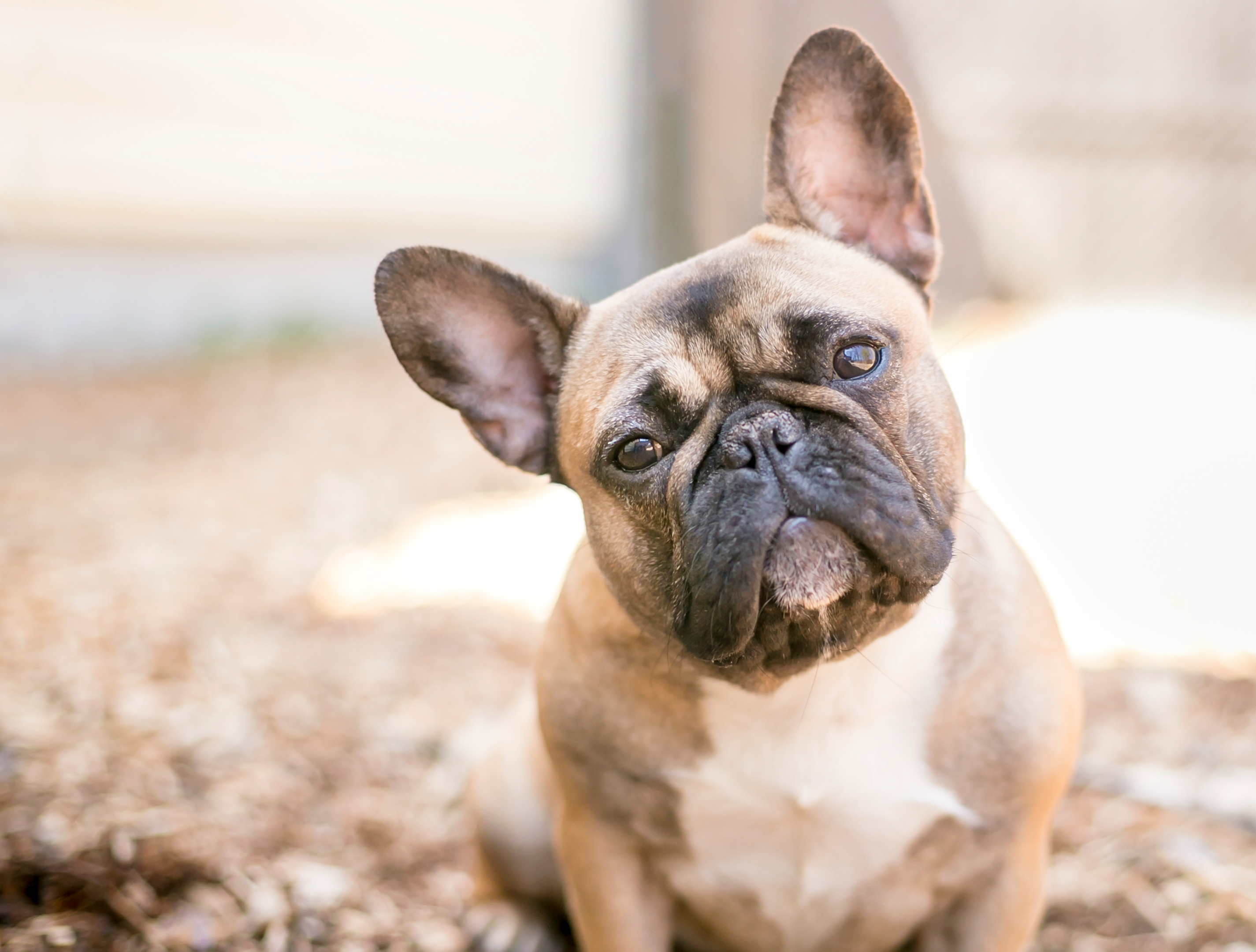Has the COVID pandemic seen dog thefts increase in the UK?
The pandemic has brought with it a sharp rise in dog thefts, where the surge in demand for puppies has driven the prices up, resulting in criminals seeing it as an easy way to make quick money. In March, DogLost, which is a UK charity that helps victims of dog theft, recorded a 170% increase since 2019. The number of dogs reported as stolen in 2019 was 172, compared to 465 in 2020 – this trend appears to be continuing. Certain breeds appear to have been targeted, including French bulldogs, cockapoos and pugs.
Recently, the government launched a task force that will examine the factors contributing to dog theft and it will recommend solutions to this issue. It will be made up of officials from DEFRA, the Home Office, the Ministry of Justice as well as the police, and it will seek input from experts and animal welfare groups. The task force aims to publish its results in the autumn.
How can I reduce the chances of dog theft?
- Ensure your dog is microchipped and the details are up to date. The law requires that all puppies in the UK must be microchipped by 8 weeks of age.
- Make sure your dog is wearing an identity tag that gives YOUR (not their) name, address and phone number.
- Never leave your dog unattended while out in public, even if it is just for a minute.
- Vary your routine when walking your dog, so that you’re not always in the same place at the same time.
- Be vigilant when walking your dog – particularly of strangers asking you about your dog or vehicles slowing down around you.
- Consider walking in pairs, if possible, especially when walking in remote areas of late in the day/early in the morning.
- Work on their training so that they reliably return when they are called, always ensuring that they always remain in sight. If their recall is unpredictable then consider whether you should be letting them off the lead.
- Ensure that your house and garden are secure, fitting a sturdy lock to garden gates.
- Be cautious about posting photos of your dog on social media that reveal your location.
- Be familiar with the steps to take if they go missing.
- Be vigilant and report any suspicious activity to the police.
- Always keep recent photos of your dog that can be used if they go missing and make sure that you photograph any distinguishing features that may help to identify them.
- Consider using a GPS tracker on your dog’s collar, particularly if there have been thefts reported in the local area or you are very concerned.
- Neutering can help to reduce the risk of theft by reducing the risk of them roaming, and making the dog less attractive to thieves who may be planning to breed from them and sell the puppies.
What should I do if my dog goes missing?
-
If you think that your dog has been stolen, then report the theft to the police and obtain a crime reference number; insist that your dog is recorded as STOLEN and not missing.
-
Report the loss/theft to your microchip database provider – this means that you will be notified if someone attempts to re-register the chip.
- Contact your local dog warden.
- Contact local animal rescue charities and local vets so that they can keep an eye out for your dog.
- Visit local dog walking areas, put up posters showing your dog and talk to dog walkers, asking them to keep a lookout.
- Contact DogLost and other similar local groups on social media and the internet – these can be hugely successful in helping to find missing dogs and get them back safely to their owners.
- Consider contacting your local media outlet to publicise the theft.
Should I be concerned about dog theft in the UK?
While cases of dog theft are on the rise, it thankfully remains an uncommon crime. Do not let it prevent you from taking your dog out for walks, but just be vigilant and follow the steps discussed to keep you and your dog as safe as possible.
